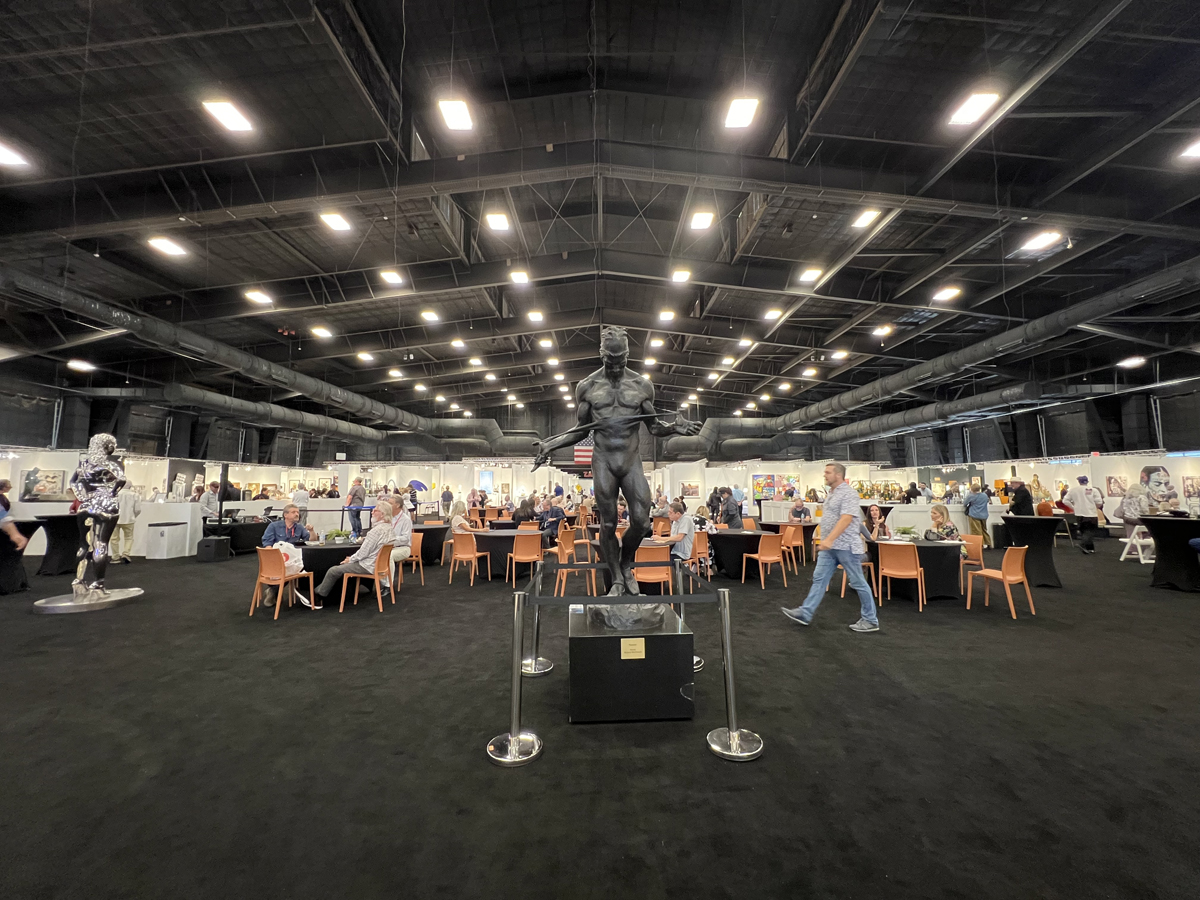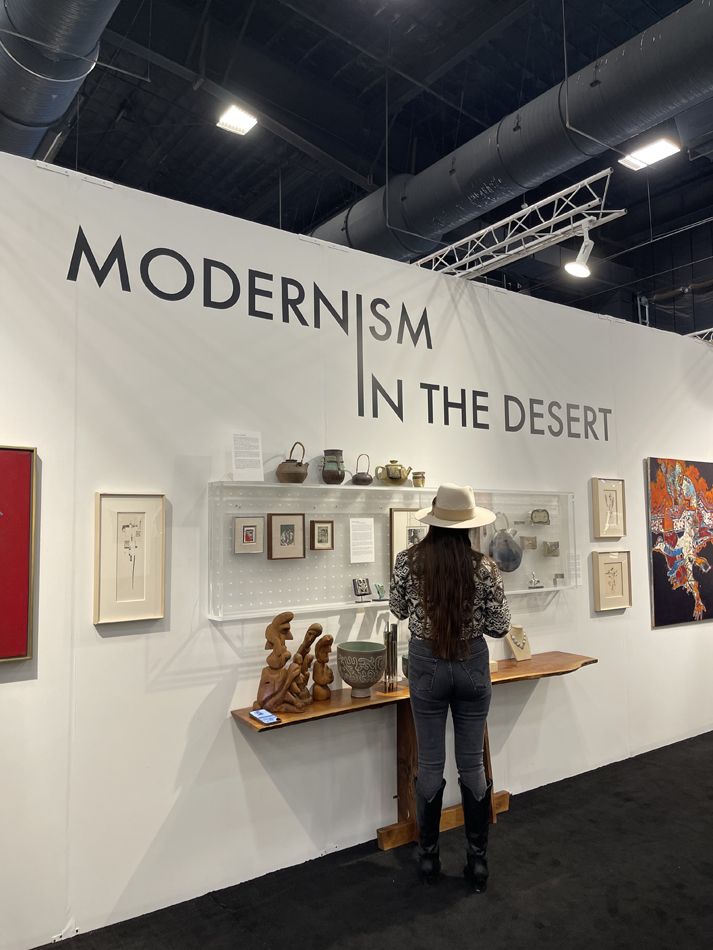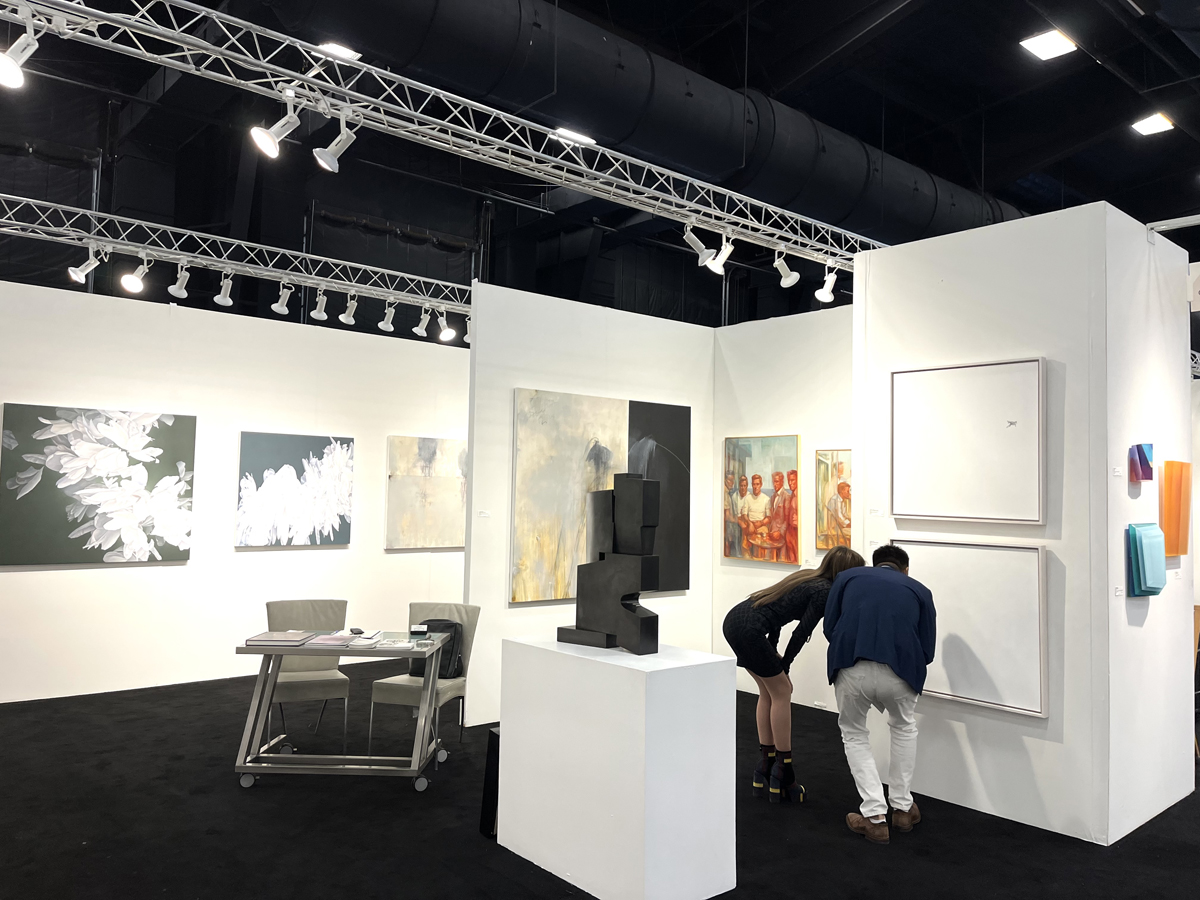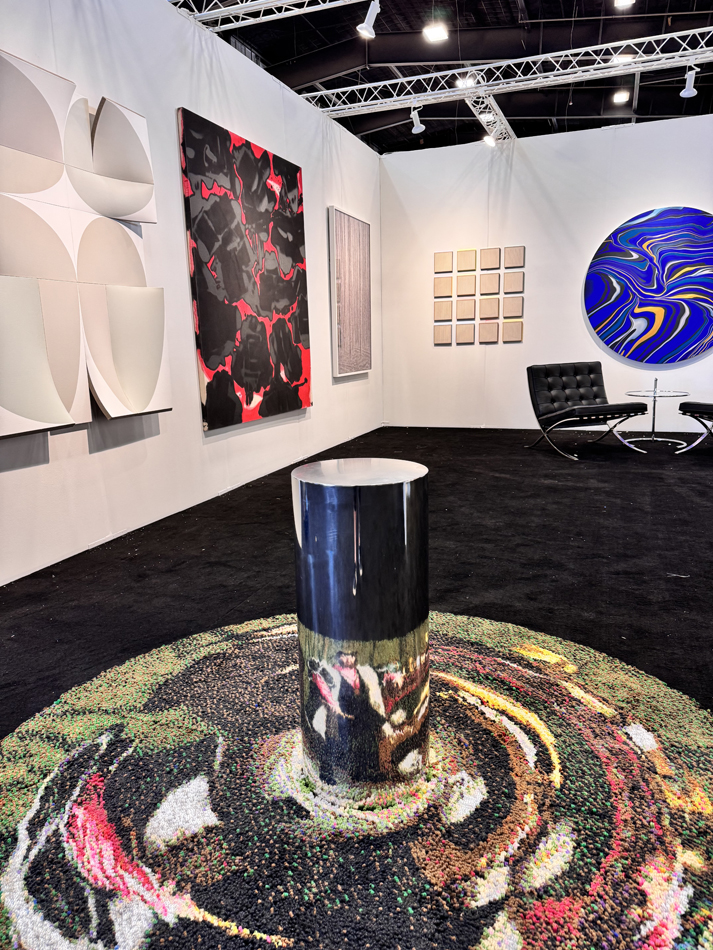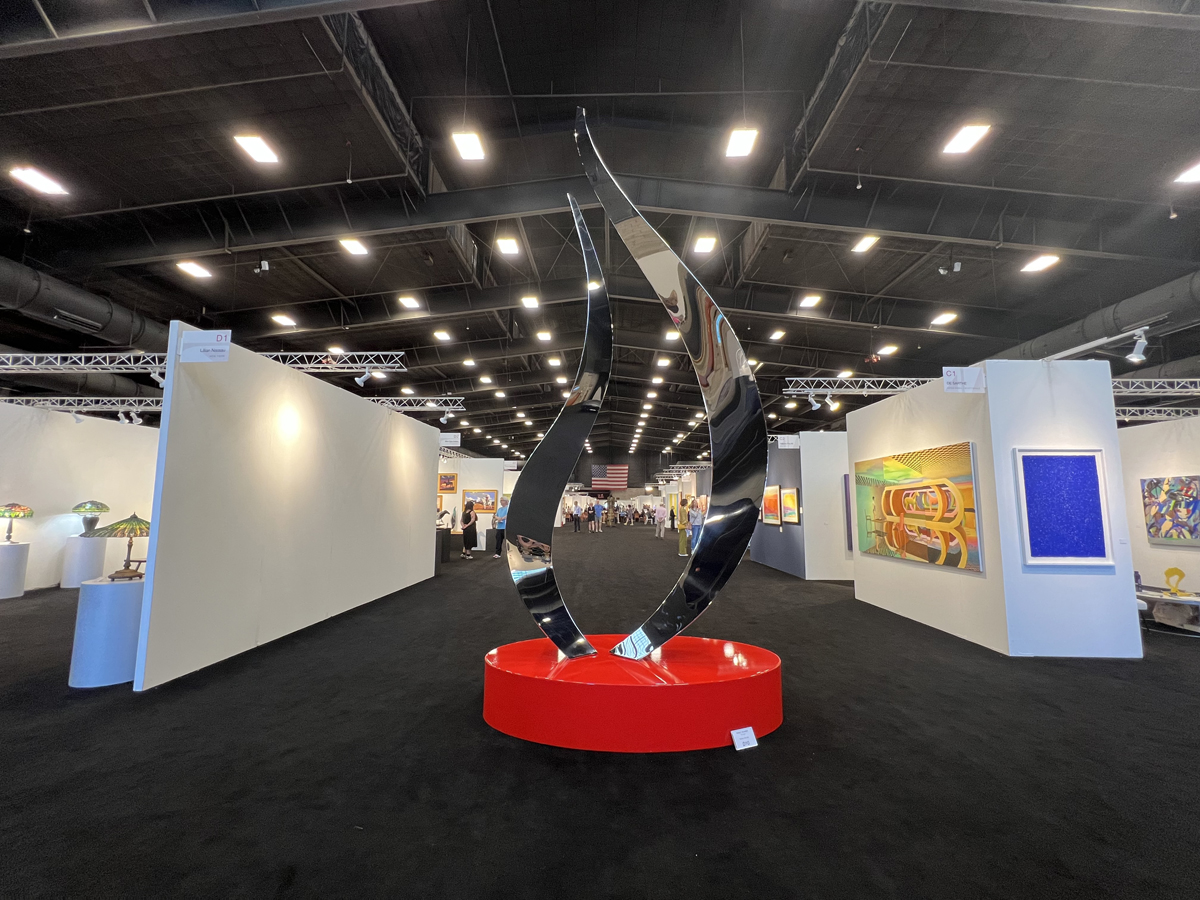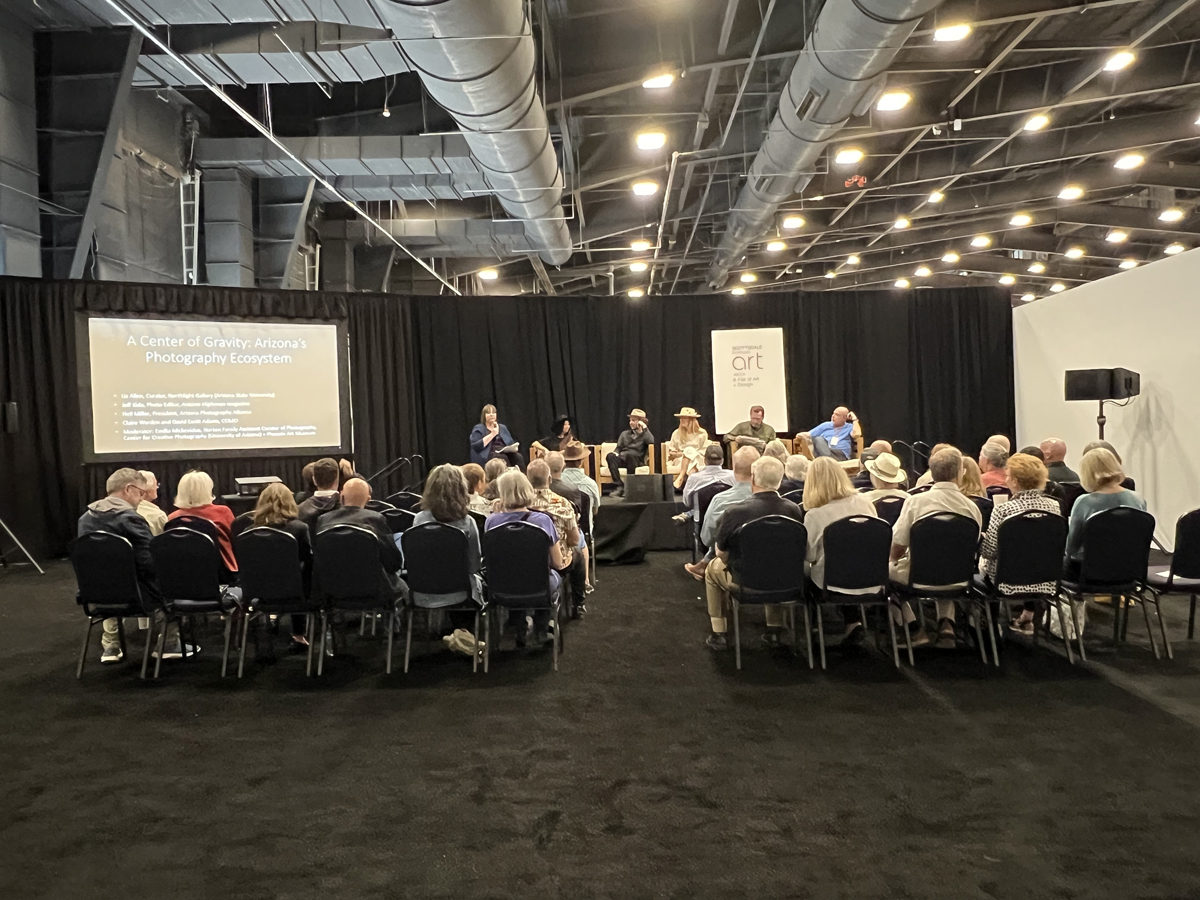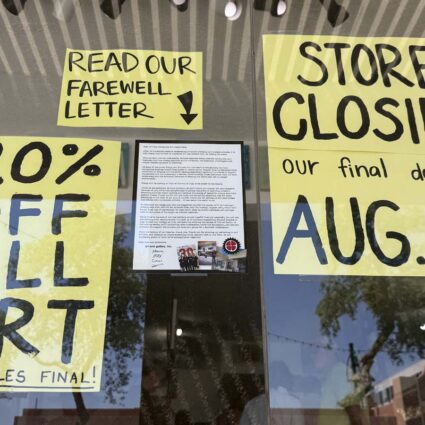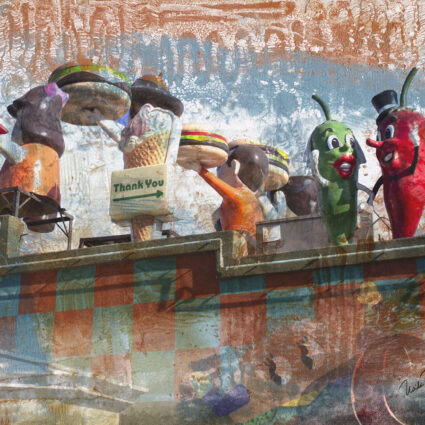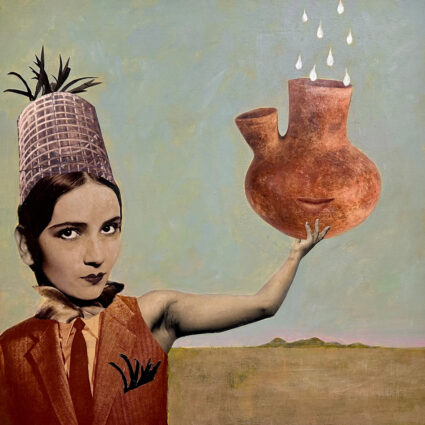Local artists and gallerists weigh in on Scottsdale Ferrari Art Week’s debut—and its efforts to bust regional stereotypes and elevate the Southwest on a global stage.
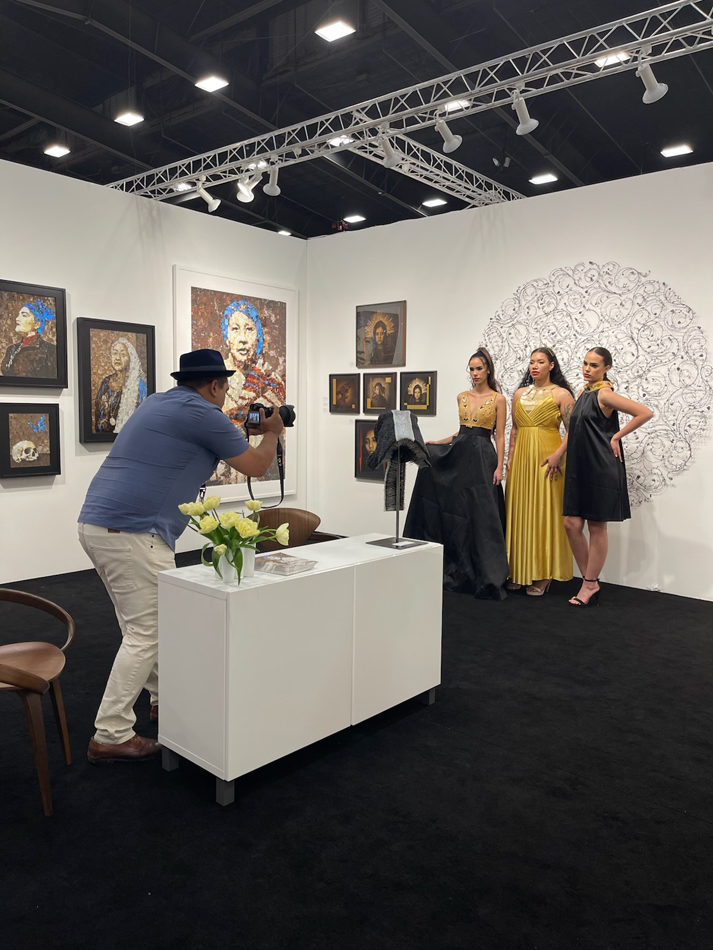
SCOTTSDALE—There’s a new art fair in the Southwest, where key players hope to expand the visibility of the region’s vibrant contemporary art offerings.
“People assume all the art here is cowboys and Indians standing around cactus,” quips art dealer Trey Brennen, who co-founded the event. “We want to highlight the diversity of art in the Southwest.”
Scottsdale Ferrari Art Week, which took place March 20-23, 2025, at WestWorld, gave gallerists a rare opportunity to showcase a broad range of work in an art fair setting. It’s a significant addition to the arts ecosystem of the Southwest, where outdoor art festivals rather than formal fairs akin to Art Basel Miami Beach or the Armory Show in New York are the norm.
For gallerists and artists, the event was a way to not only increase visibility and sales, but also catalyze conversations and build community during a time when arts and culture face challenges on multiple fronts, from ideology to funding.
The debut event did just that, according to artist Thomas “Breeze” Marcus (Tohono O’odham), whose elaborate line work draws on basket-weaving traditions.
“There was a mixture of a lot of different art,” recalls Marcus, who spent four days live painting at the back of the venue, near a space where several panels featuring primarily Arizona-based artists and art professionals took place each day.
Marcus is part of Earth Maker Studios in Phoenix, which had a small booth showing works by Matt Dickson, Frank Gonzales, Dwayne Manuel (Onk Akimel O’odham), and Marcus.
“Local galleries were well-represented and it was great being on home turf,” reflects Marcus, who is represented by Blue Rain Gallery of Santa Fe and Durango, which also had a booth at the event. He adds, “It’s important to have national and international perspectives for artistic growth, and I had some great conversations and networking during the fair.”
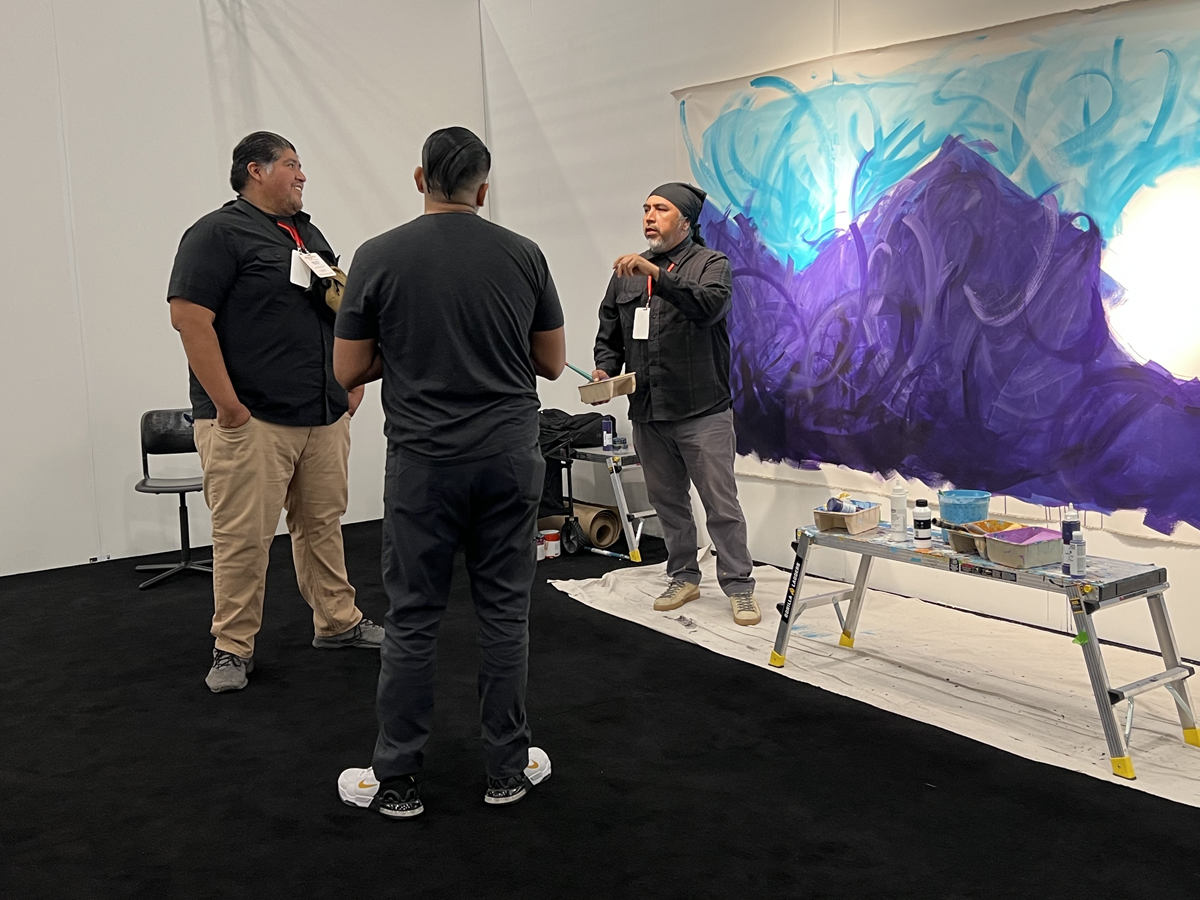
More than 100 galleries from nine countries displayed work at the inaugural event, according to organizers who put the attendance numbers during the course of four days at 15,000. Participating international venues included Corridor Contemporary of Tel Aviv, Gama Gallery of Istanbul, Gladwell & Patterson of London, and Spence Gallery of Toronto.
Aileen Frick, a Phoenix-based artist who often shows her mixed-media paintings at art festivals and street fairs in and beyond Arizona, was one of several local artists featured in a Scottsdale Art Week booth curated by Artlink, an Arizona nonprofit that works to connect artists, businesses, and communities.
“There’s always the potential for someone to be discovered by a collector or art gallery, so the exposure can be really important,” says Frick, who shared another reason she enjoyed attending the event. “I was really inspired by seeing so many different types of art and creativity.”
It’s too soon to know what the long-term impacts of the fair might be, but some gallerists who took part hope it will mean greater appreciation for the local arts landscape.
“Nobody gives a hoot about what happens in Phoenix because everybody assumes we’re a bunch of old retired people playing golf,” says Bentley Calverley, whose Bentley Gallery founded over forty years ago is a staple of the metro Phoenix arts scene. “We really need a more central way to communicate about all the cultural offerings in the region, from museums to ballet and opera.”
Amy Gause, a longtime arts supporter who will serve as director of Scottsdale Art Week when it returns to the WestWorld March 19-22, 2026, says this type of event is long overdue—especially given that metropolitan Phoenix is the country’s fifth-largest city.
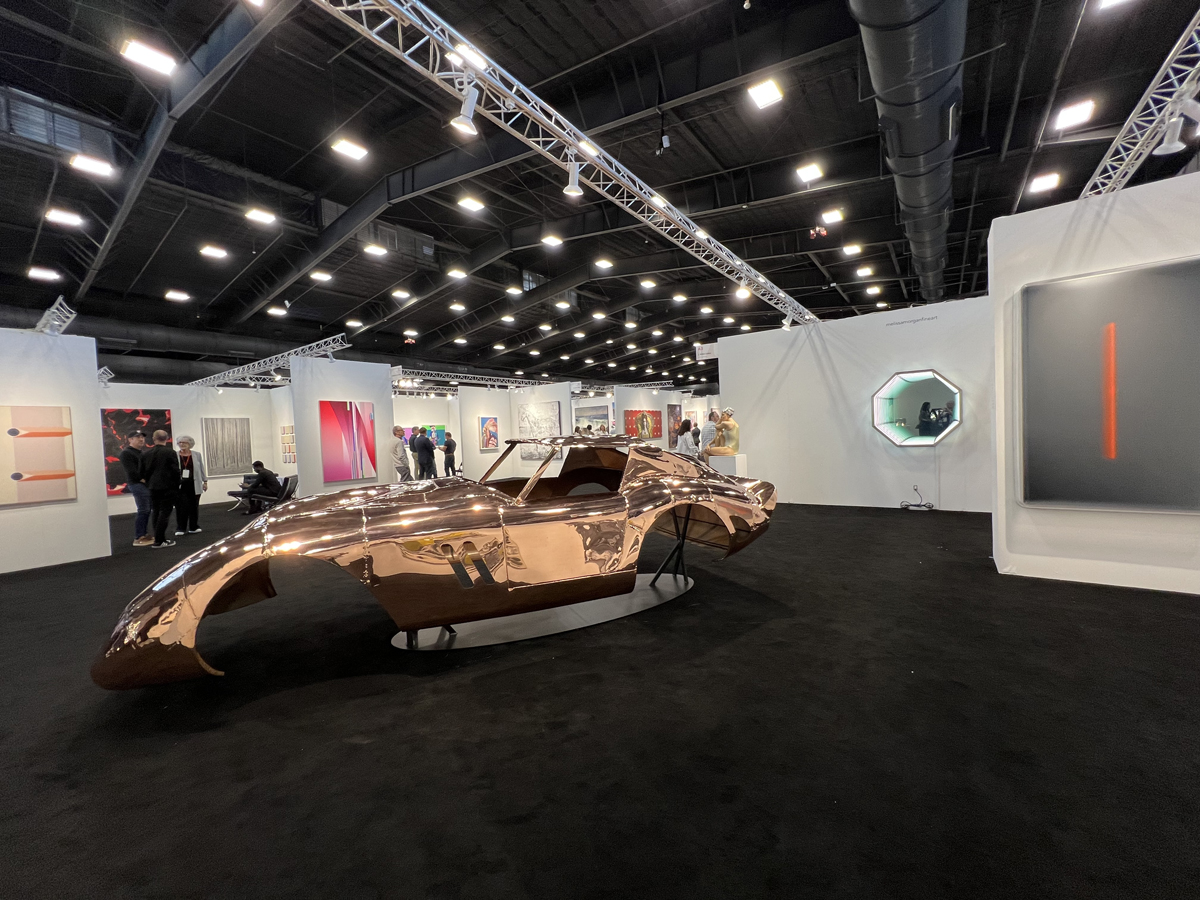
“We have a strong collector base and a vibrant gallery scene,” says Gause. “We really want to elevate what we already have here and showcase it on a national and international level, but also bring in new artists and galleries that have never shown here before.”
William Lykins, founding director of Gebert Contemporary in Scottsdale and Santa Fe, says the fair has already resulted in new collectors. Even so, he’s also considering how it could be more impactful down the road, given that most of the attendees he interacted with hailed from Arizona. “One area for growth would be really making Scottsdale Art Week a destination place for people from other states,” he says.
Lisa Sette, who recently opened a fortieth-anniversary exhibition at her eponymous gallery in midtown Phoenix, says that while the gallery sold several works during Scottsdale Art Week, she’s thinking about the overall atmosphere of the event in addition to the bottom line. “Most of the exhibitors were really nice people, and that makes a difference,” she says. In terms of future iterations, she’s hoping for better wayfinding signage and curation that further elevates fine art rather than commercial or gimmicky artworks.
For at least one local gallerist, being part of a hometown art fair proved to be an emotional experience. “I was almost in tears walking in,” recalls Vincent de Sarthe, owner and director of De Sarthe Gallery in Scottsdale. “I grew up here and I felt like something like this would never exist here.”
De Sarthe recounts attending hundreds of art fairs and being a gallerist at another fifty or so. More than the sales that came from showing at Scottsdale Art Week, he’s thankful for the ways it brought people together. “It really helps you have a wider perspective rather than feeling isolated or fragmented because people are in different parts of the city,” reflects de Sarthe.
He adds, “When we’re all under one roof, we can talk about what it means to be an art community, what we want our identity as an art market to be, and how we can grow together.”
